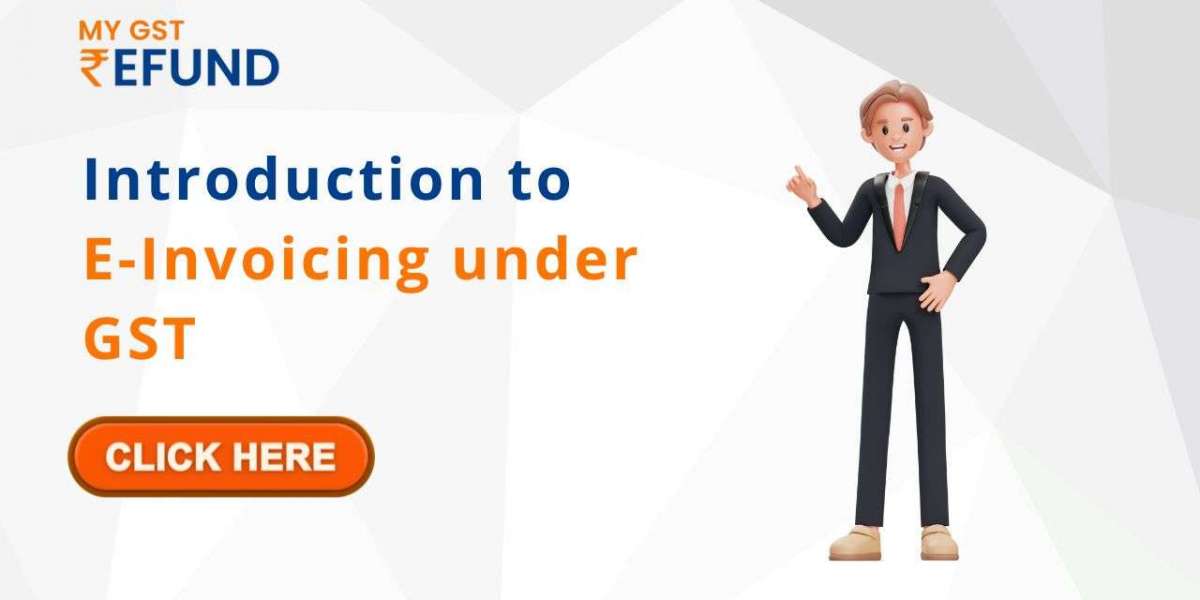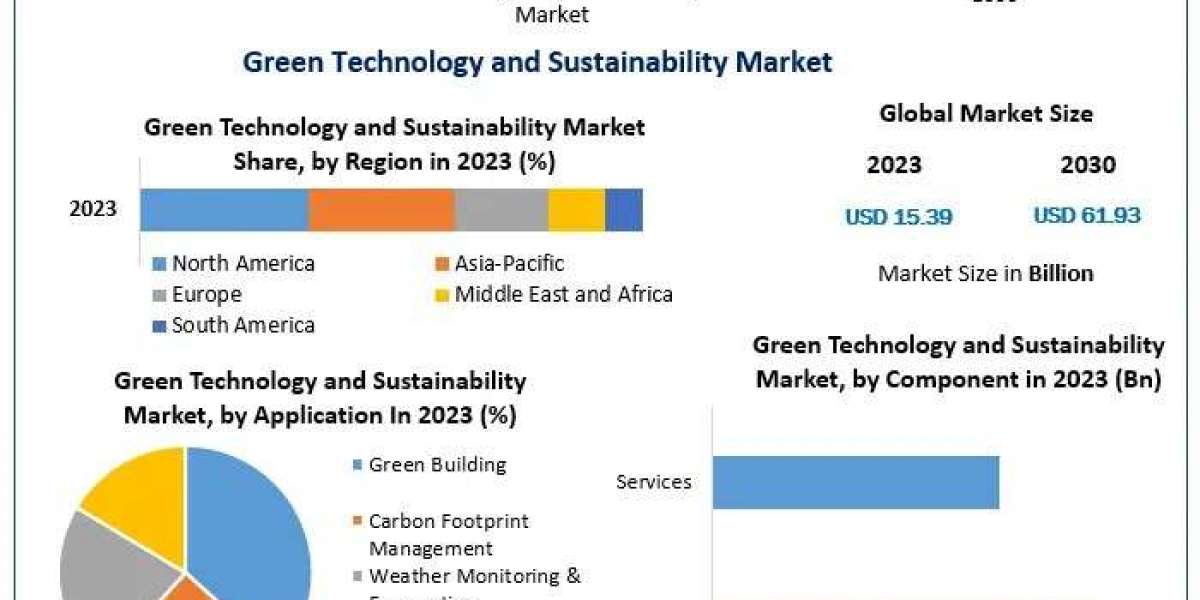In today’s digital age, businesses are increasingly adopting technology to streamline operations and ensure greater compliance with regulatory frameworks. One such innovation under the Goods and Services Tax (GST) regime in India is e-invoicing. E-invoicing under GST has revolutionized the way invoices are generated, validated, and reported, making it an essential tool for businesses of all sizes.
Read the detailed blog here: E Invoicing Under GST
What is E-Invoicing under GST?
E-invoicing, or electronic invoicing, refers to the process of generating invoices in a standardized electronic format that is validated by the Goods and Services Tax Network (GSTN). It replaces the traditional paper-based or manual invoices with a digital format that can be uploaded to the GST portal, ensuring seamless reporting and compliance.
The primary goal of e-invoicing is to improve transparency, reduce errors, and prevent tax evasion. By automating the invoicing process, e-invoicing enables businesses to maintain accurate records that are directly linked with GST filing, thus simplifying the overall tax compliance procedure.
How Does E-Invoicing Work?
The process of generating an e-invoice is simple, but it involves several steps. Here’s a brief overview of how e-invoicing works:
Invoice Generation: The seller creates an invoice in a structured digital format, typically using accounting software. This invoice contains all necessary details like the GSTIN (Goods and Services Tax Identification Number) of the seller and buyer, the invoice number, HSN/SAC code, and other tax-related information.
Uploading to GST Portal: Once the invoice is generated, it is uploaded to the GSTN portal through a dedicated API (Application Programming Interface). The GSTN system validates the details entered in the invoice, cross-checks it with existing data, and assigns a unique Invoice Reference Number (IRN).
IRN and QR Code: Upon successful validation, an IRN is generated and a QR code is created. This unique identifier links the e-invoice to the GST portal and ensures its authenticity. The QR code also enables easy verification of the invoice on mobile apps, making it a powerful tool for both businesses and tax authorities.
E-Invoice Reporting: The validated e-invoice is automatically included in the taxpayer’s GST returns (GSTR-1), thereby simplifying the process of filing tax returns. Additionally, the invoice data is accessible for auditing, improving transparency and reducing manual efforts.
Recommended: GST refund claim process
Why is E-Invoicing Important for GST Compliance?
E-invoicing is not just a technological upgrade; it serves several critical purposes in the context of GST compliance:
Accuracy and Transparency: E-invoicing ensures that all invoices are accurately reported to the GSTN, reducing the chances of errors or fraudulent activities like underreporting or tax evasion.
Automation and Efficiency: Businesses no longer need to manually file invoices with the tax authorities. The automated system reduces paperwork, eliminates duplication of data entry, and ensures that businesses comply with GST requirements without missing deadlines.
Seamless Integration: E-invoices are automatically populated in GST returns (GSTR-1 and GSTR-3B), ensuring that businesses can file their returns with minimal effort. This seamless integration between invoicing and returns filing minimizes the chances of human error and makes tax compliance much more efficient.
Real-time Tracking: The system enables real-time tracking of transactions. This is particularly beneficial for businesses that engage in inter-state transactions or those involved in the movement of goods, as it ensures that invoices are valid and compliant from the moment they are issued.
Read the Detailed blog on: GST ON Clothes and Textile Industry
Who is Required to Use E-Invoicing under GST?
As per the latest amendments in the GST law, e-invoicing is mandatory for businesses with an annual turnover exceeding ₹10 crores. However, the government has rolled out e-invoicing in phases, gradually expanding its reach. As of 2023, businesses above a certain turnover threshold are required to comply with e-invoicing regulations, and it is expected that more businesses will be brought under its ambit in the coming years.
Benefits of E-Invoicing under GST
Reduced Errors and Fraud: By automating the invoicing process, e-invoicing minimizes the chances of human error and fraudulent activities.
Faster Refunds: E-invoices simplify the process of claiming tax refunds as the data is directly available for verification and processing by the tax authorities.
Improved Compliance: With real-time reporting and automatic updates to GST returns, businesses find it easier to stay compliant with GST laws.
Recommended: GST Refund for Exporters
Conclusion
E-invoicing under GST represents a significant leap forward in terms of tax administration in India. By leveraging technology to simplify invoicing and reporting, it helps businesses stay compliant, reduces the risk of tax evasion, and boosts efficiency. As more businesses adopt e-invoicing, it’s clear that this system is not just the future of GST compliance but a key driver of India’s digital transformation in the field of taxation.








